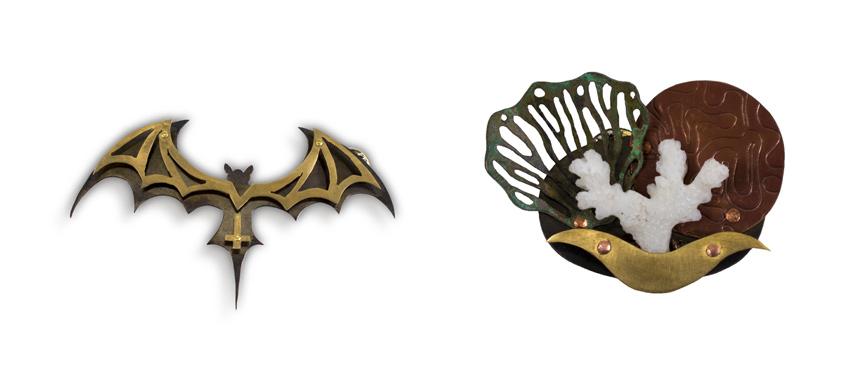Jewelry
Jewelry
Jewelry
In Jewelry/Metals students learn a multitude of different metalsmithing techniques and concepts. In Introduction to Jewelry/Metals students learn piercing, riveting, high temperature silver soldering, small-scale fabrication, forging, and acid etching. In the next three levels of Jewelry/Metals students learn the processes of vitreous enameling, casting, and advanced forming. Along with these technical aspects students are introduced to the history of jewelry and metalsmithing as well as contemporary metalsmithing through a multitude of image presentations and readings. Throughout beginning and intermediate levels of Metals/Jewelry students are assigned projects that are guided by certain technical processes paired with a specific concept. In Advanced Metals/Jewelry students are encouraged to apply the techniques they've learned in levels I through IV and work more independently on a body of work.Students are challenged creatively and conceptually to make works that are well designed and crafted. The program is broad based. Students are able to create wearable functional jewelry, sculptural jewelry, functional objects, and/or metal sculpture. Students are encouraged to experiment with and incorporate non-traditional materials into their works. Students are also encouraged to utilize techniques learned in other art courses and combine them with metal. Metals/Jewelry courses contribute significantly to Rowan art students’ curriculum. In these courses students learn and practice fine motor skills, problem solving skills, and hand eye coordination. Students are taught to think about and be more observant of how everyday objects in our world function. It is expected that students will leave Metals/Jewelry with a broader understanding of designing and fabricating 3-dimensional objects.



